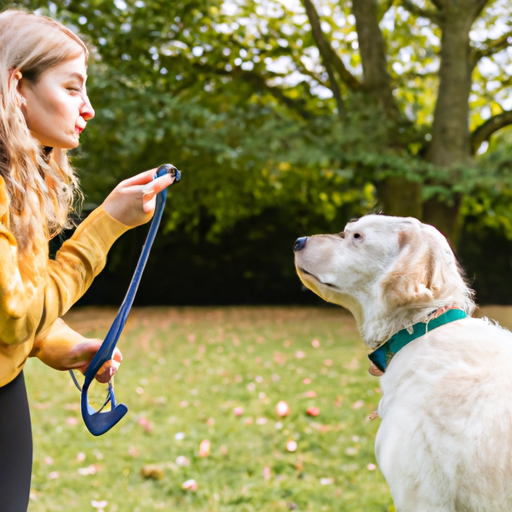As a caregiver, you want to ensure that your furry friend is well-trained, safe, and responsive to your commands. One of the most important commands that you can teach your dog is “come.” This command is vital for keeping your dog safe in potentially dangerous situations, as well as maintaining control during playtime. In this guide, we will walk you through the steps of training your dog to come when called.
Understanding the Importance of “Come” Command
Understanding why this command is so important can help motivate you in your training efforts. The “come” command can:
- Prevent accidents: A dog that comes when called can be quickly removed from dangerous situations.
- Facilitate socialization: A dog that comes reliably can be trusted in more social situations with other dogs and people.
- Enhance bonding: Training in general, and recall training in particular, can help strengthen the bond between you and your dog.
Setting the Stage for Training
Before you start with the actual training, it’s important to create the right environment.
- Choose a quiet, familiar location: Initially, choose a location where your dog feels comfortable and there are minimal distractions.
- Use a long leash: A long leash will give your dog the feeling of freedom while still providing you with control.
- Prepare rewards: Have small, tasty treats ready to reward your dog for responding to the command.
Introducing the “Come” Command
Now, let’s introduce your dog to the “come” command.
- Stand a short distance away from your dog.
- Say the command clearly and enthusiastically: “Come!”
- As soon as your dog comes to you, reward them with a treat and lots of praise.
Repeat these steps several times until your dog starts to understand that “come” means they should run to you.
Gradually Increasing the Distance
Once your dog is reliably coming when called at a short distance, you can start to increase the distance.
- Move a few steps further away from your dog before giving the command.
- If your dog comes successfully, reward them as before.
- If your dog doesn’t come, shorten the distance and try again.
Remember, patience and consistency are key in dog training.
Adding Distractions
The next step is to add distractions.
- Try training in a slightly busier location or include other people or dogs in the training session.
- If your dog manages to focus on your command and come to you despite the distractions, give them a big reward.
This helps your dog learn that even when there are other interesting things going on, they should still respond to your command.
Common Mistakes to Avoid
While training your dog to come, try to avoid these common mistakes:
- Don’t use the command if you’re not confident your dog will respond.
- Don’t stop rewarding your dog for coming when called, even if it’s not during a training session.
- Don’t punish your dog if they fail to come. This could make them associate the command with negative consequences.
Frequently Asked Questions (FAQs)
Here, let’s address some of the most frequently asked questions about training a dog to come:
Q: How long will it take to train my dog to come when called?
A: The time it takes can vary greatly between different dogs. Some may pick it up in a few days, while others may take several weeks or longer. Patience and consistency are key.
Q: What should I do if my dog stops responding to the command?
A: If your dog stops responding, it’s a good idea to go back to basics. Re-introduce the command in a quiet, familiar location and gradually add distance and distractions as your dog improves.
Q: Can older dogs still learn to come when called?
A: Yes, older dogs can still learn new commands. However, it may take a bit longer than with younger dogs, and you’ll need to be patient and consistent.
Training a dog to come when called is a challenge, but with patience, consistency, and plenty of rewards, you can teach your dog this vital command. As a caregiver, you’ll gain peace of mind knowing that your furry friend will return to you safely when called.



